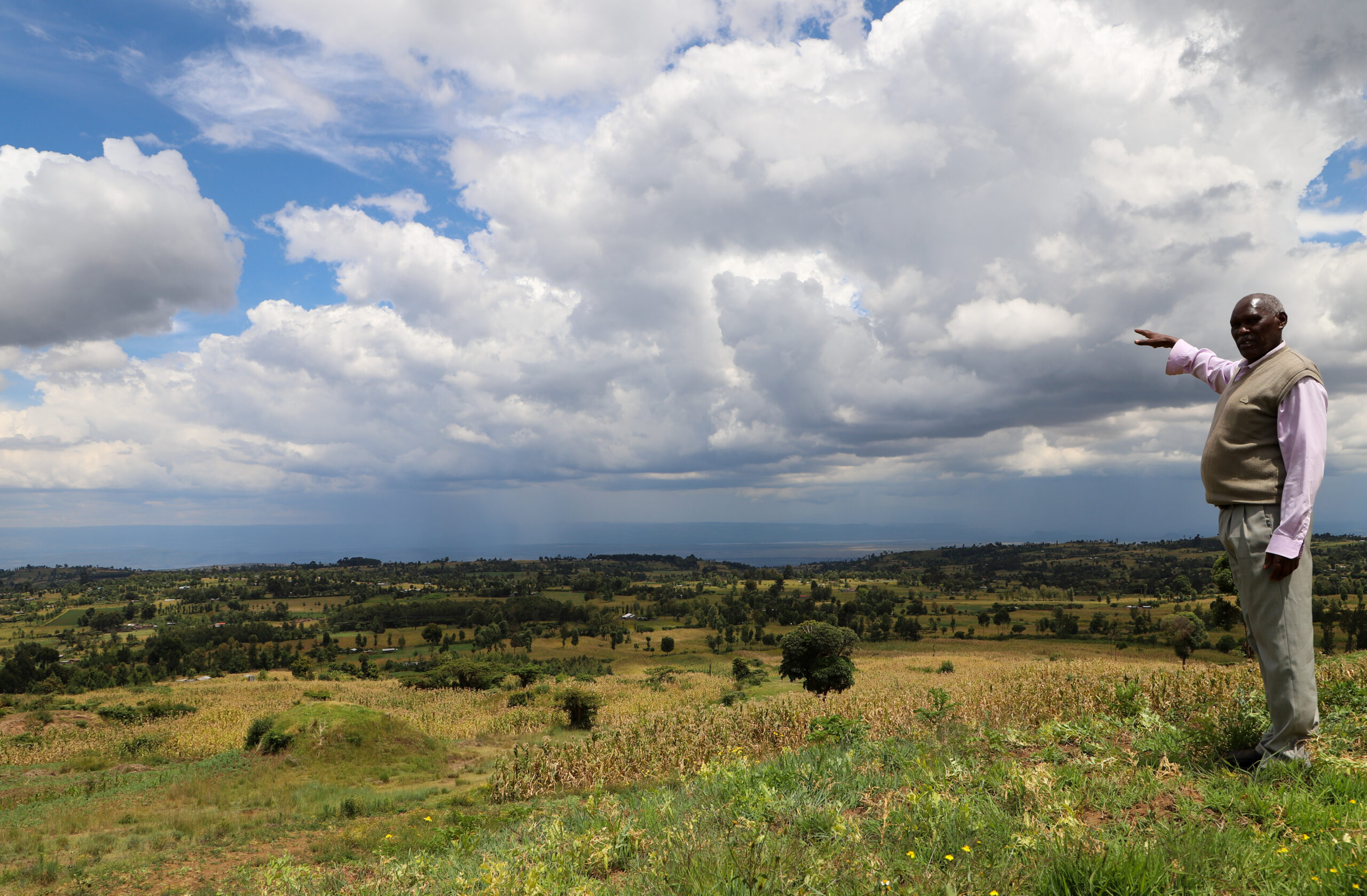Poll violence victims now frontliners finding lasting peace in Lusiru
The 1992 widespread ethnic clashes in Rift Valley left a trail of terror that was felt even in 2022.
At the heart of these attacks were communities perceived to be at loggerheads because of their political differences.
Such clashes erupted in every general election in Kenya except for 2002. Two ethnic groups—Kikuyu and Kalenjin—were the conspicuous adversaries in all Rift Valley fights save for the 2013 and 2017 polls.
However, ahead of the 2022 election, there were tell-tale signals of repeated aggression between Kikuyu and Kalenjin in parts of Rift Valley—especially in the Lusiru area in Njoro, Nakuru county.
Lusiru is the borderline between Kikuyu and Kalenjin communities living in the Njoro constituency. It has been the ground zero of all electoral violence among the two tribes in Nakuru.
Mary Wanjiru has lived in Lusiru for 52 years. She lost her husband and son because of the ethnic clashes.
“After every five years, we were worried. After every five years, we relocated. And after moving out, our homes and properties were torched,” Wanjiru, an ethnic Kikuyu who hails from Kirinyaga county, said.
Joseph Lang’at, a Kalenjin elder who has lived in Lusiru since 1993, described previous electoral violence as “extremely shocking”.
“Politicians incited violence. People lost their lives because of politics. It was bad,” he said.
In 2022, the situation threatened to be a powder keg when former President Uhuru Kenyatta, a Kikuyu, failed to back his then-deputy William Ruto, a Kalenjin, for the State House job.
“We had started seeing signs that communicated if no action is taken, then we’ll get back to a situation similar to that of 2007.”
Calvin Muga, Midrift Hurinet’s program officer.
Preventing Lusiru from exploding
Midrift Hurinet is a Nakuru-based organization that works on peace and security in Kenya. Its program officer, Calvin Muga, said there was a feeling of betrayal among Ruto’s ethnic group and supporters after Uhuru supported erstwhile rival Raila Odinga, a Luo.
“We had started seeing signs that communicated if no action is taken, then we’ll get back to a situation similar to that of 2007,” Muga said. In 2007, a disputed poll plunged Kenya into bloodshed, with massive displacement of people witnessed in Lusiru.
The tension, coupled with incitement by politicians, deepened Midrift Hurinet’s commitment to a peaceful Lusiru. The organization deliberately targeted Lusiru with sustained peace meetings.
The initial gathering in early June 2022 broke the ice, Muga said, providing a safe space for the warring communities to dialogue about electoral-related conflicts.
Subsequent meetings were done to prevent Lusiru from exploding.
“We kept telling them that no one will be chased away because of politics—and that we will all live here after the elections because we are one community.”
Joseph Lang’at, Kalenjin elder.

Tension eases off
Wanjiru and Lang’at featured prominently in these discussions. They rallied their communities to participate—and they did, in their numbers.
Midrift Hurinet’s interventions were courtesy of the Kenya Electoral Conflicts Mitigation and Civic Education Support (ECCES) program, which USAID funds through Act! and Uraia Trust. One of its objectives is to mitigate electoral violence and improve response to any fight.
Muga said the discussions emboldened the two tribes. They would occasionally hold news conferences to condemn hateful remarks by politicians. Resultantly, the Directorate of Criminal Investigation (DCI) in Nakuru intervened by summoning a politician who was notorious for inciting his community.
Wanjiru, Lang’at, and others, because of the USAID-supported intervention, formed a 105-member committee of peace ambassadors, with almost equal participation from the Kikuyu and Kalenjin sides. The peace envoys camped in Lusiru, holding a series of meetings urging peaceful coexistence.
Tension started easing off, Wanjiru said, and the committee continued to convince their communities not to move out. Many heeded.
Lang’at said: “We kept telling them that no one will be chased away because of politics—and that we will all live here after the elections because we are one community.”
By the time the ballot was cast on August 9, 2022, there was no mass movement of residents out of Lusiru like before—and most voted.
“The election went on well. We voted peacefully and went home to wait for the results,” Lang’at said.
Wanjiru added: “This was the most peaceful election I have witnessed in Lusiru.”
Between April and September 2022, ECCES’ peace messages impacted 215, 222 people directly—and another 15 million indirectly—as 41 peace accords got signed by the warring communities.
Peaceful vote in history
Several counties were listed as electoral violence hotspots before the vote. Police were deployed to quell possible attacks, and organizations like Midrift Hurinet, with support from programs such as ECCES, held community talks to avert chaos.
Between April and September 2022, ECCES’ peace messages impacted 215, 222 people directly—and another 15 million indirectly—as 41 peace accords got signed by the warring communities.
Resultantly, in August 2022, Kenya held the most peaceful election in its history, despite predictions of political unrest. Past electoral-related ethnic skirmishes claimed hundreds of souls and destroyed properties worth millions of shillings. Not the 2022 election.
By Ernest Cornel.
ALSO, WATCH






















